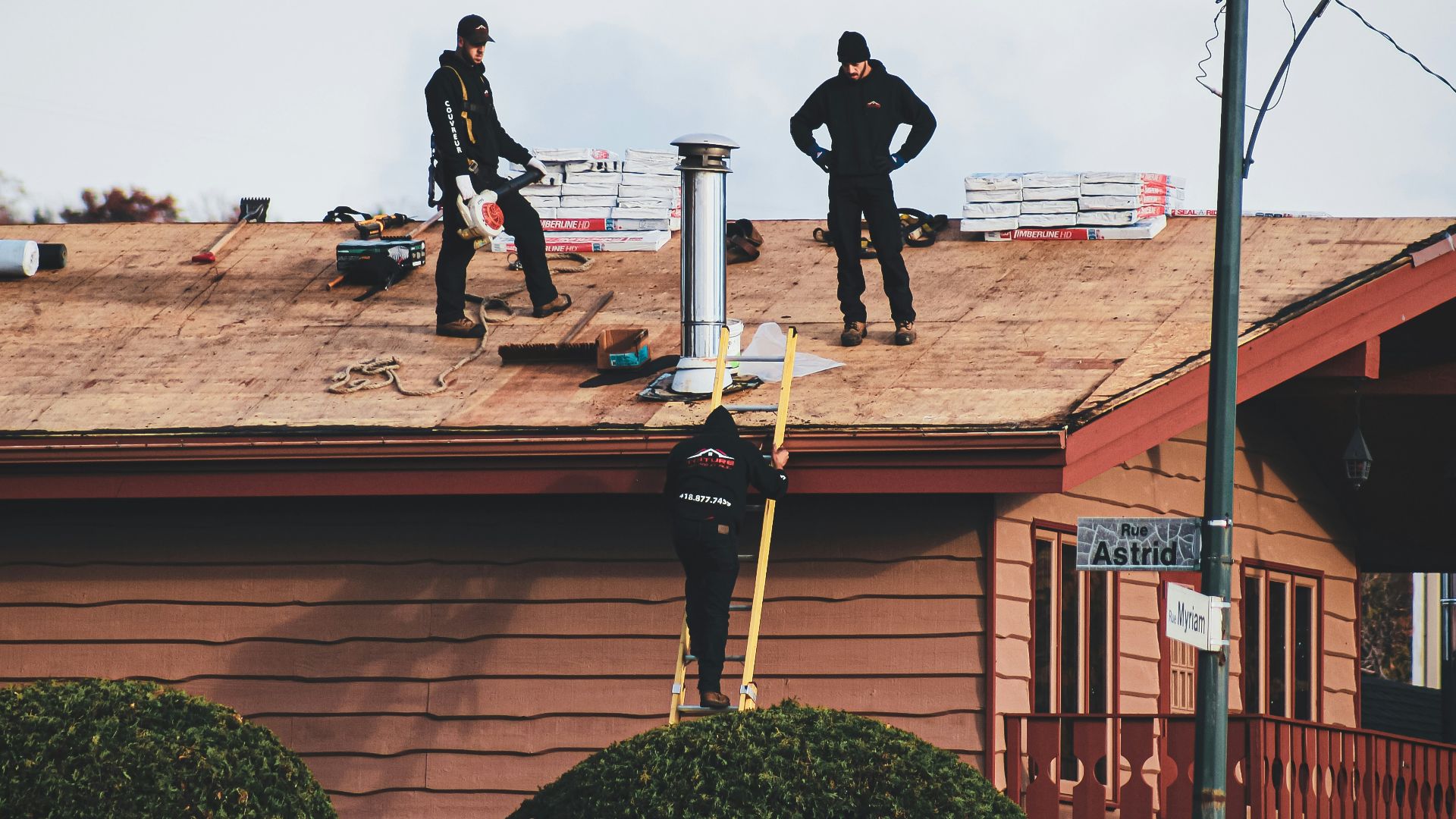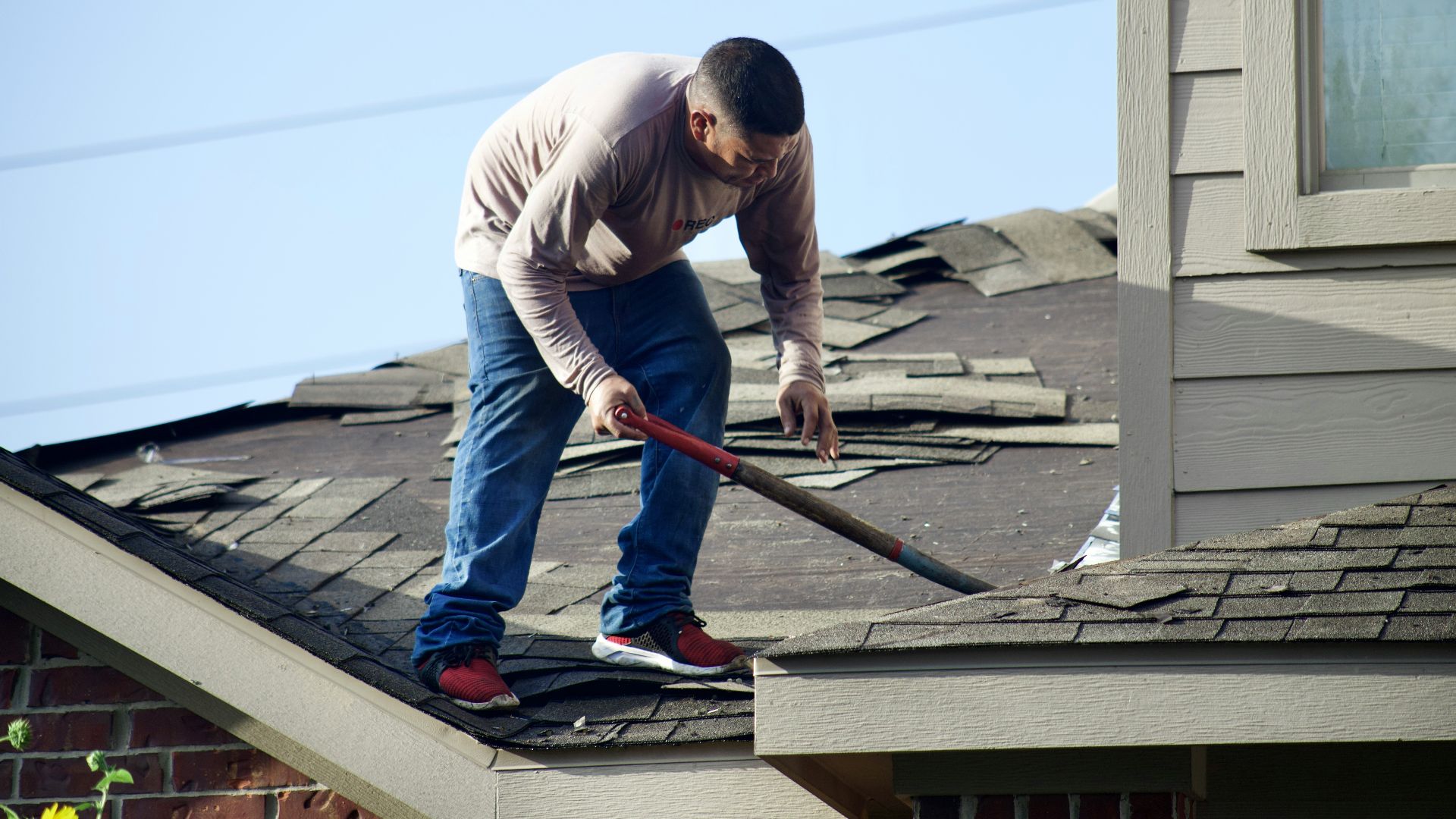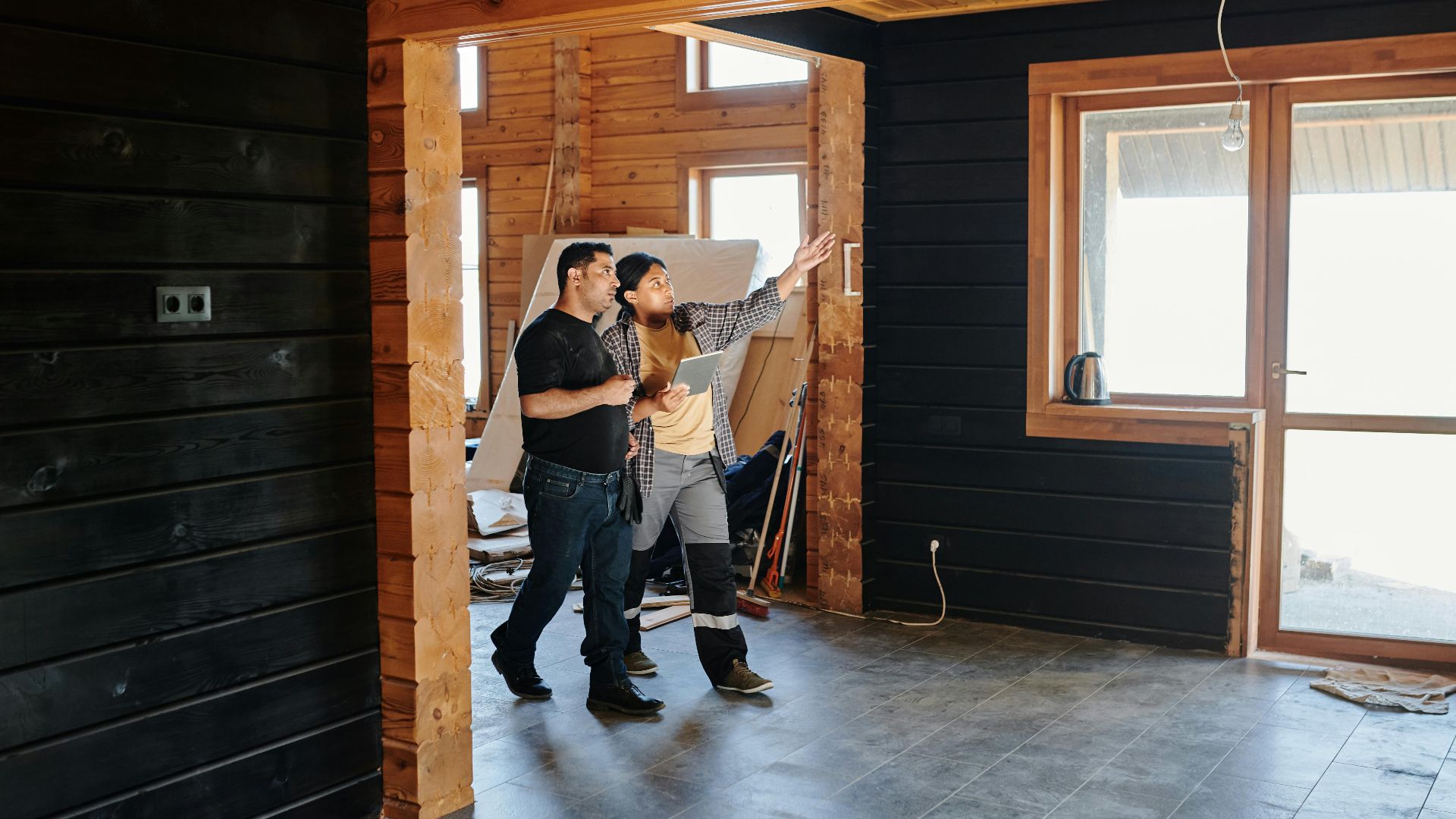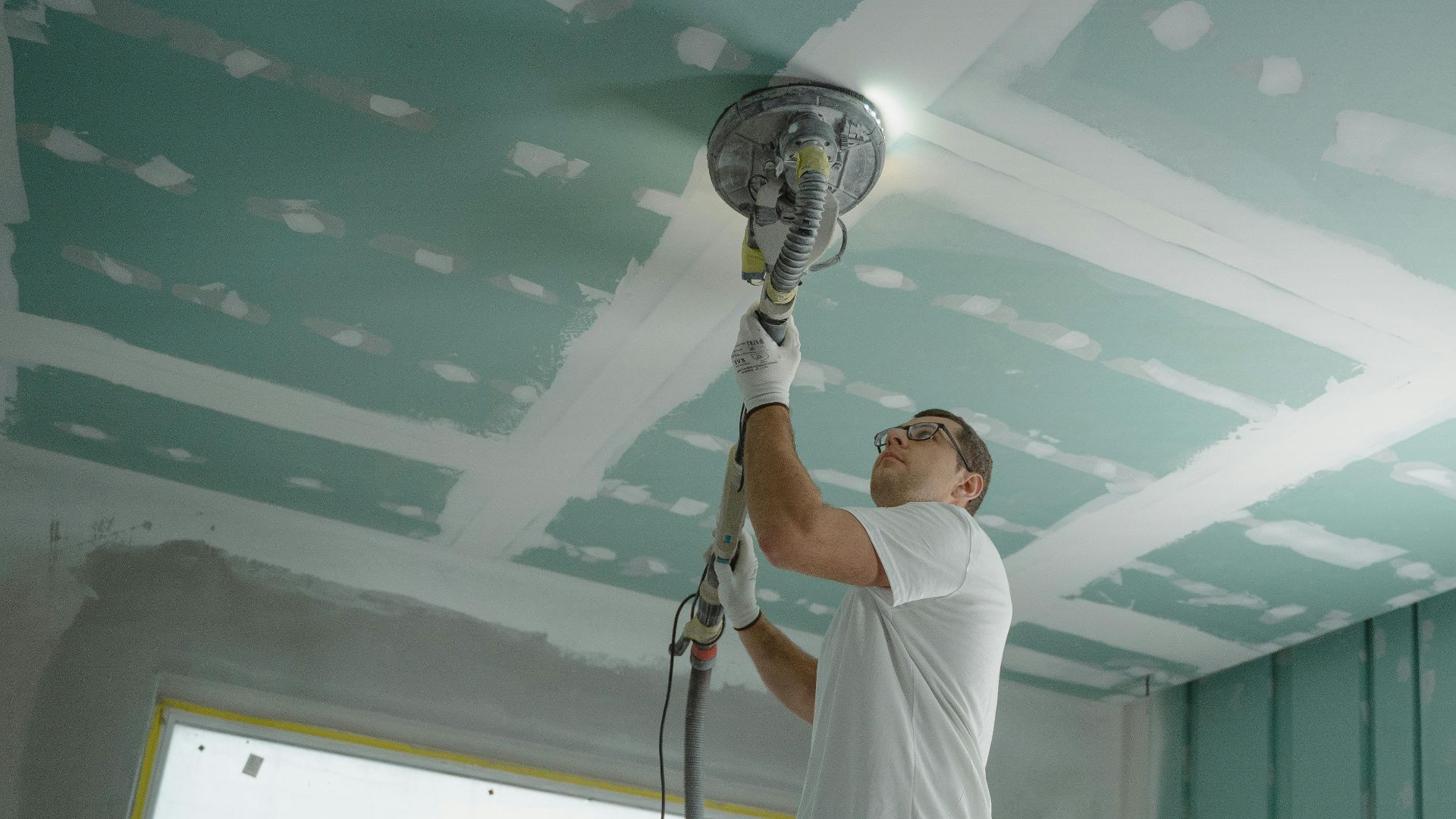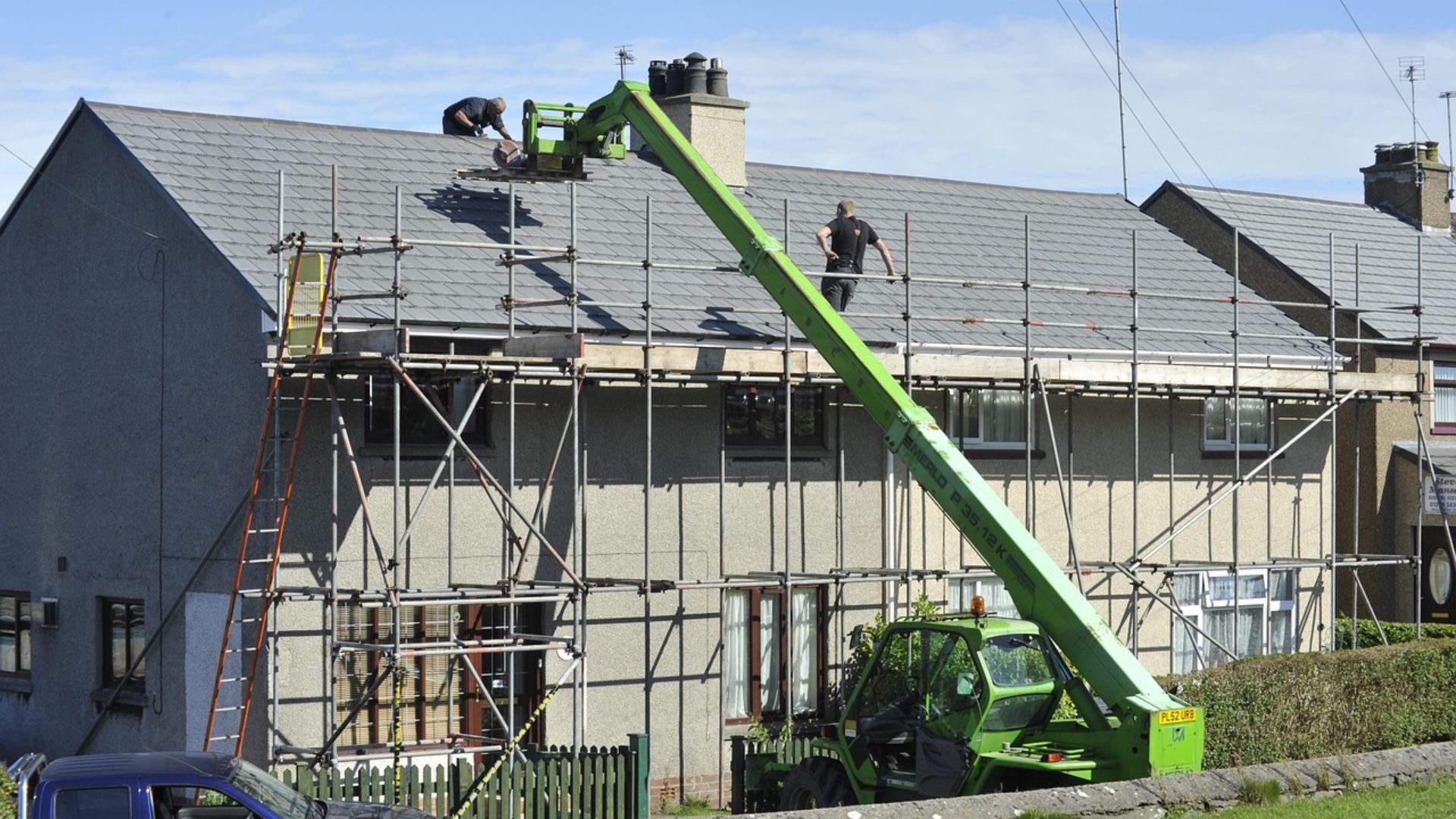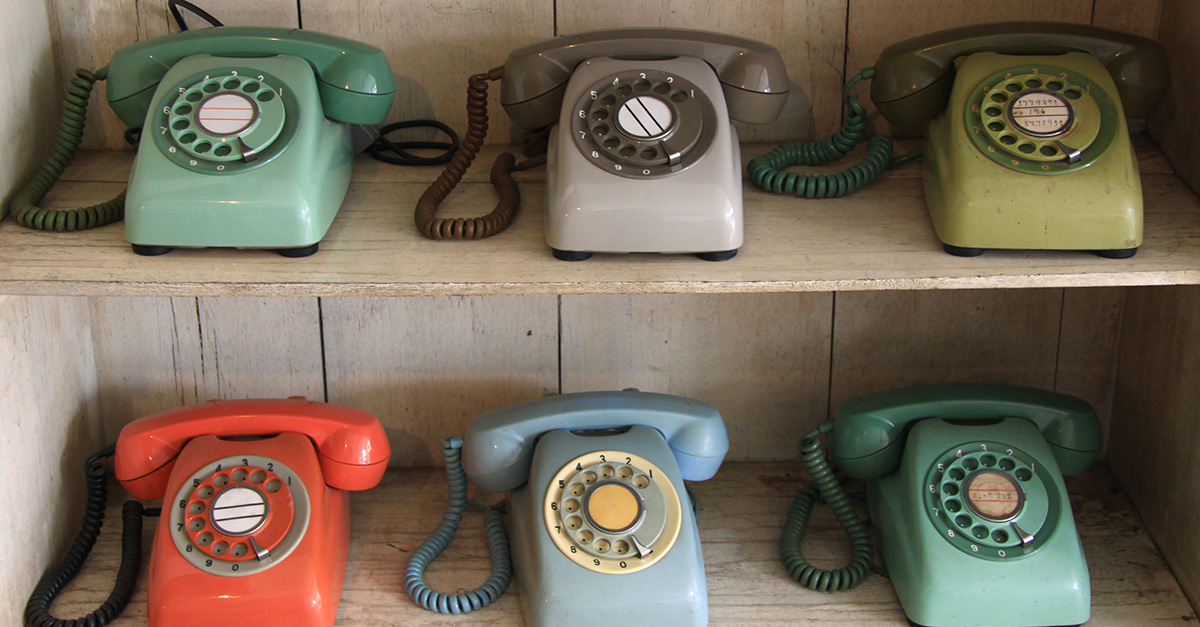Why You Should Never Buy A House Without Seeing It
Buying a house without seeing it first can feel like jumping into a pool blindfolded. Sometimes you land perfectly. Other times… you hit the shallow end. If your “dream home” turned out to be a money pit with a failing roof, sketchy wiring, and pipes older than disco, you’re not alone. Let’s break down what to do next—without losing your sanity (or all your savings).

The Emotional Rollercoaster Of Buyer’s Remorse
You’re probably feeling everything all at once: regret, panic, denial, and maybe a touch of “how did I let this happen?” Take a breath. Sight-unseen purchases have exploded thanks to virtual tours and bidding wars. You made a bold move, not a dumb one.
Why People Buy Homes Sight Unseen
In competitive markets, homes sell faster than you can refresh Zillow. Remote buyers, military families, and investors often don’t have time for in-person walkthroughs. Technology made it easy—but not foolproof. What you see on a screen doesn’t always match reality.
The Hidden Costs Of A Hasty Purchase
A roof that leaks, wiring that could spark a fire, or plumbing that rattles like a haunted house—these aren’t cosmetic issues. They’re structural, expensive, and urgent. The true price of a fixer-upper often isn’t in the listing; it’s in the repairs.
First Step: Don’t Panic—Get The Facts
Before you panic-sell, pause. You need real numbers, not guesses. Hire licensed inspectors and contractors to give you written estimates. A roof might sound catastrophic, but sometimes it’s just a few shingles and flashing—not a full replacement.
Understanding The Roof Situation
If your roof is leaking, the damage might already be creeping into the insulation or ceiling. A full replacement can cost anywhere from $8,000 to $25,000 depending on size and materials. Still, roofs last decades—think of it as an investment rather than a loss.
Electrical Issues Aren’t Always A Total Disaster
Old wiring can be dangerous, yes—but not every outdated system is a fire hazard. Have an electrician assess whether rewiring is needed across the house or just in key areas. Replacing wiring could cost $3,000 to $10,000, but partial fixes can drastically reduce risk.
When Plumbing Turns Into A Money Drain
If your plumbing looks like it was installed during the Great Depression, you might be facing leaks, clogs, or poor water pressure. Replacing an entire plumbing system can hit $10,000 or more—but localized repairs or pipe relining may cost a fraction of that.
Assessing The True Scope Of Repairs
Gather your estimates, photos, and inspection notes. Are you dealing with three separate crises—or one interconnected problem? For example, water damage from a bad roof could also affect wiring or plumbing beneath it. Overlap means you can tackle multiple issues at once.
Factor In The Home’s Location & Market
If the property is in a hot market, repairs might be worth it. A renovated home can sell for far more than you paid. But if it’s in a declining area, throwing money at repairs might not make financial sense. Talk to a local realtor for a reality check.
Calculate The “All-In” Cost
Add up what you owe on the mortgage, estimated repairs, property taxes, and other fees. Then compare that to the home’s potential resale value once fixed. If you’ll still come out ahead, repairing may be the smarter long-term move.
The Power Of A Second Opinion
Contractors can vary wildly in pricing and honesty. Always get at least two or three estimates per major repair. You’ll be surprised how much variation there is—and how much you can save just by comparing notes.
Don’t Ignore Insurance Possibilities
Homeowner’s insurance might cover some of your costs—especially if damage was caused by storms, leaks, or other sudden events. Review your policy and talk to your provider before spending a dime. You may be sitting on money you didn’t know you had.
Financing Fixes Without Drowning In Debt
You don’t need to pay for everything out-of-pocket. Home equity loans, HELOCs, or renovation loans can spread out costs over time. Just make sure your monthly budget can handle it—no renovation is worth losing your financial peace of mind.
Should You Sell As-Is?
If repair costs exceed your comfort zone, selling as-is is an option. Investors and flippers often buy “problem homes” for cash. You’ll take a hit on price, but you’ll also skip the repair bills and stress. Sometimes cutting your losses really does make sense.
Knowing When To Walk Away
If the house needs more in repairs than it’s worth even in perfect condition, it’s time to walk. Don’t let emotional attachment turn into a financial anchor. Selling, even at a loss, may free you to invest in something better.
But Don’t Rush To List It Just Yet
Before you list the property, clean it up, take great photos, and disclose the major issues honestly. A transparent sale can still attract serious buyers—especially in markets with low inventory.
Negotiating With Contractors & Buyers
Everything is negotiable. Contractors may lower costs for bundled projects or off-season work. Buyers might pay more if you show repair estimates upfront, proving the home’s potential. Use information as your leverage.
Learning From The Mistake
Next time (and yes, there will probably be a next time), always include inspection contingencies—even if it makes your offer less competitive. Photos and 3D tours lie. A professional inspector won’t.
Virtual Tours: Friend or Foe?
Virtual tours can be amazing tools—but they can’t capture smells, sounds, or that “something’s off” gut feeling. If you’re buying remotely again, hire a local proxy (agent or friend) to walk through the home with video and commentary.
Building A Local Support Network
If you’re managing a fixer-upper from afar, assemble a reliable local team: a property manager, contractor, and agent. Having boots on the ground can turn chaos into coordination—and prevent future surprises.
Turning A Disaster Into A Project
Some homeowners take the “lemon” approach—embrace the repairs and turn the home into a personal project. You’ll learn skills, increase value, and maybe even fall in love with the process. Just budget time, money, and patience.
The Silver Lining: Forced Appreciation
Major repairs can actually increase your home’s worth. A new roof, safe wiring, and updated plumbing aren’t glamorous upgrades, but they’re foundational improvements that boost resale value and buyer confidence.
Document Everything
Keep every invoice, inspection report, and photo. Not only will it help with resale value and insurance claims, but it also protects you if a future buyer claims nondisclosure. Paper trails are your best defense.
When To Call A Real Estate Attorney
If the home was misrepresented, you might have legal options. Sellers are required to disclose known issues in most states. If they didn’t, a real estate attorney can help determine whether you have grounds for compensation or renegotiation.
Turning A Financial Hit Into A Financial Plan
Don’t just patch holes—patch your budget. This experience is a wake-up call to build emergency savings, learn about renovation financing, and plan for maintenance before it becomes a crisis.
The Bottom Line: Don’t Let A Bad House Break You
Buying a home sight unseen can be risky—but it’s not the end of the world. Whether you fix it, flip it, or flee, this experience can make you a smarter, more resilient homeowner. Every homeowner has a horror story. Yours just came with better plot twists.
You May Also Like:
We All Used To See These Classic Car Emblems Every Day, Now They Can Be Worth Thousands




